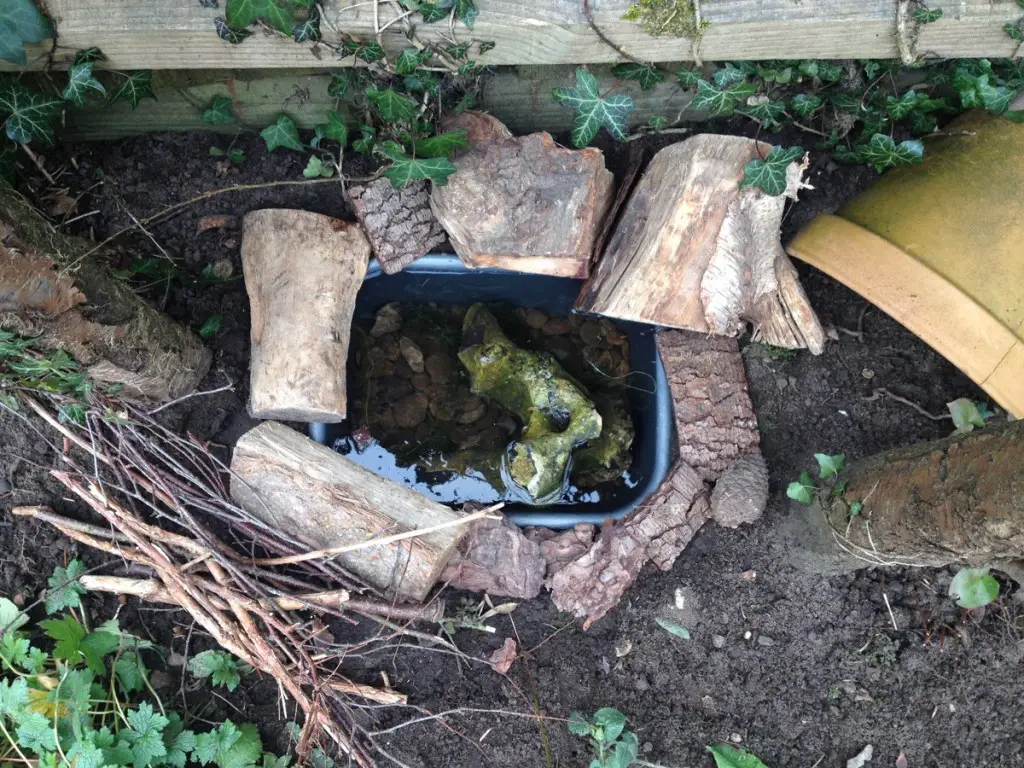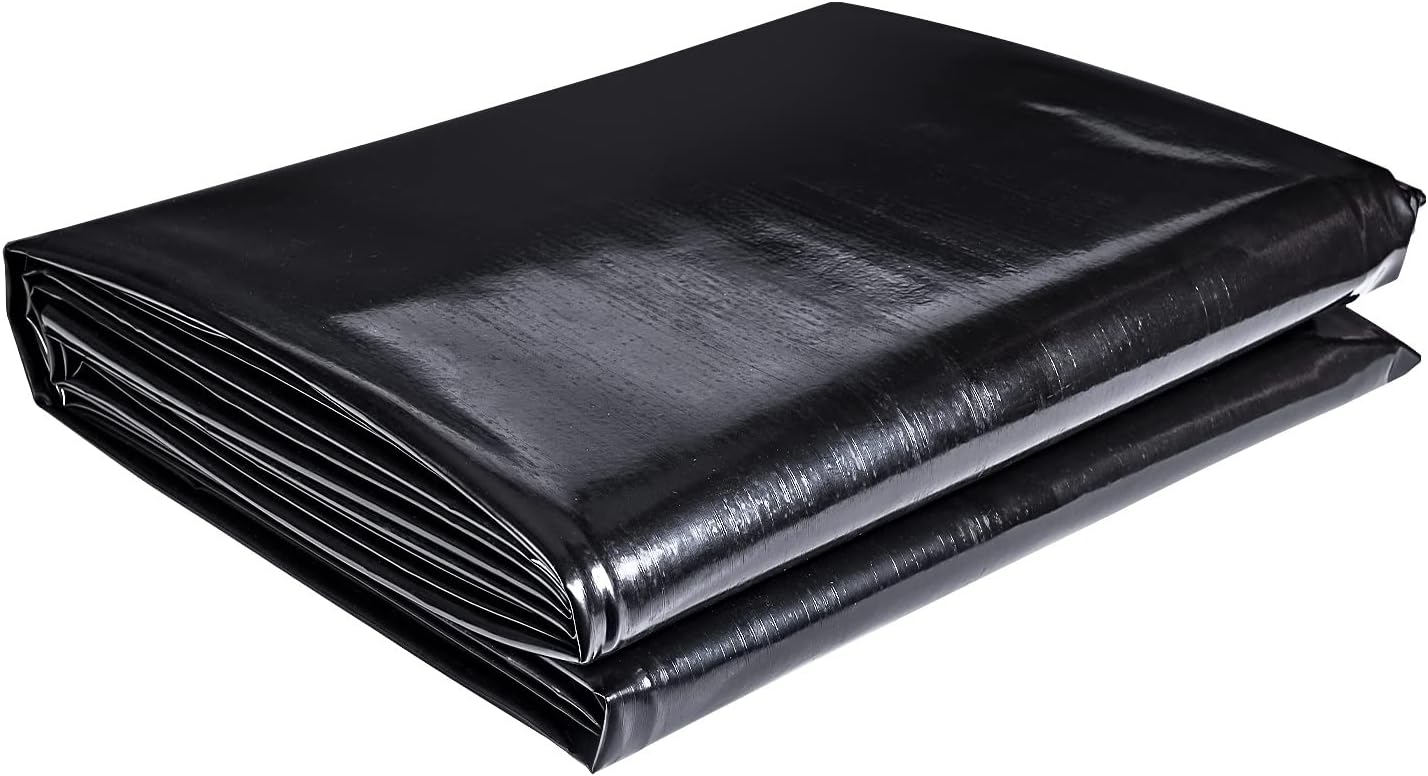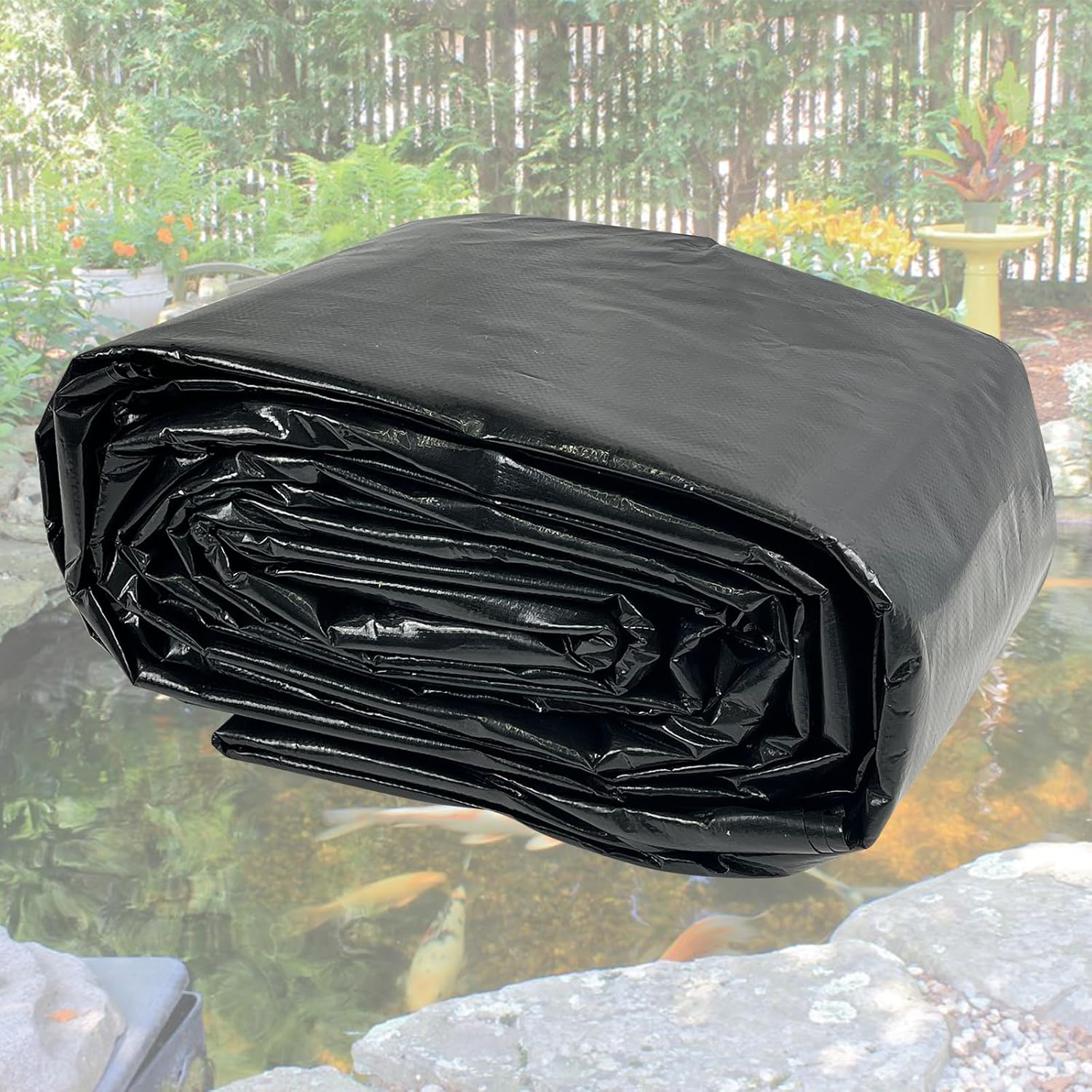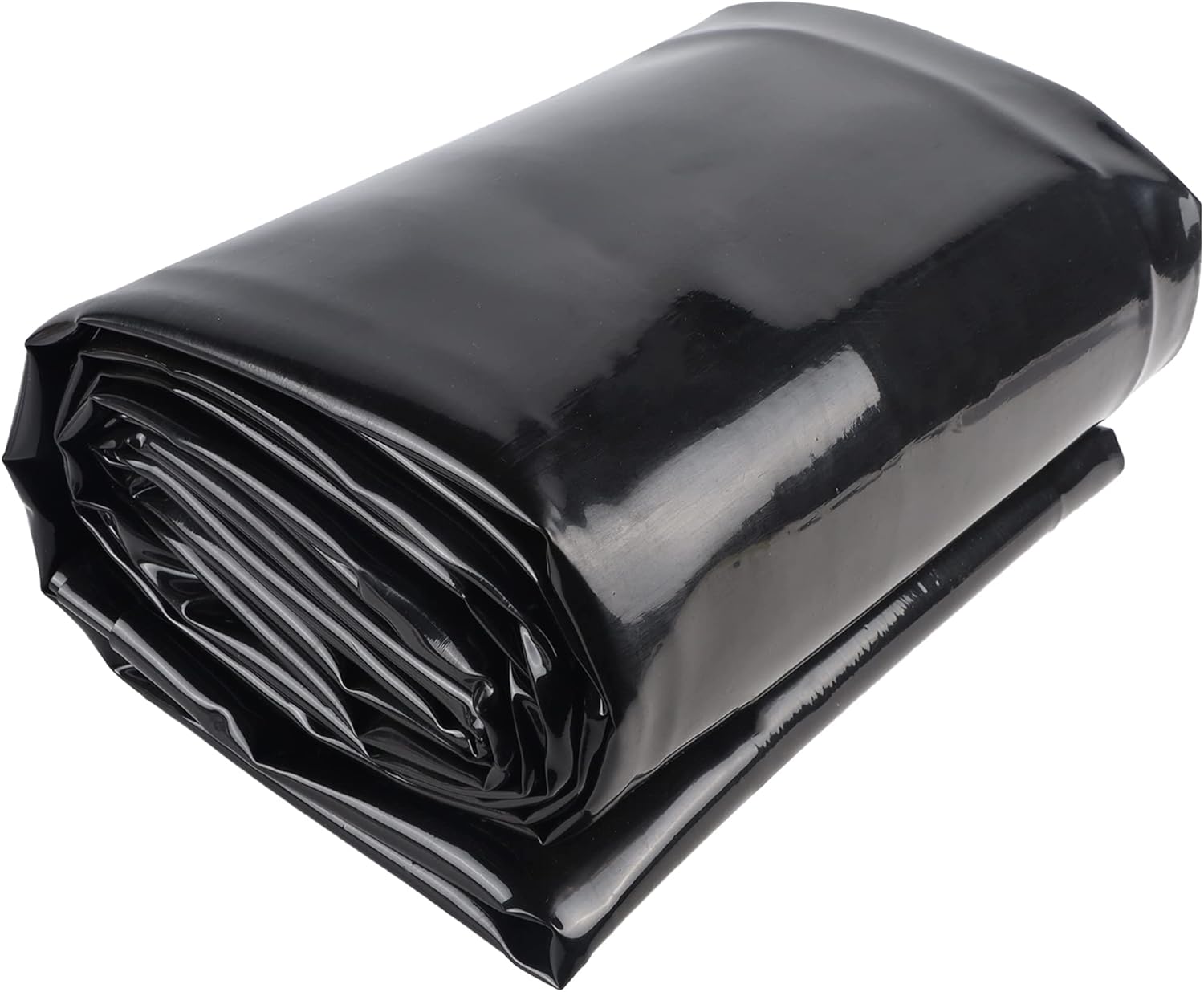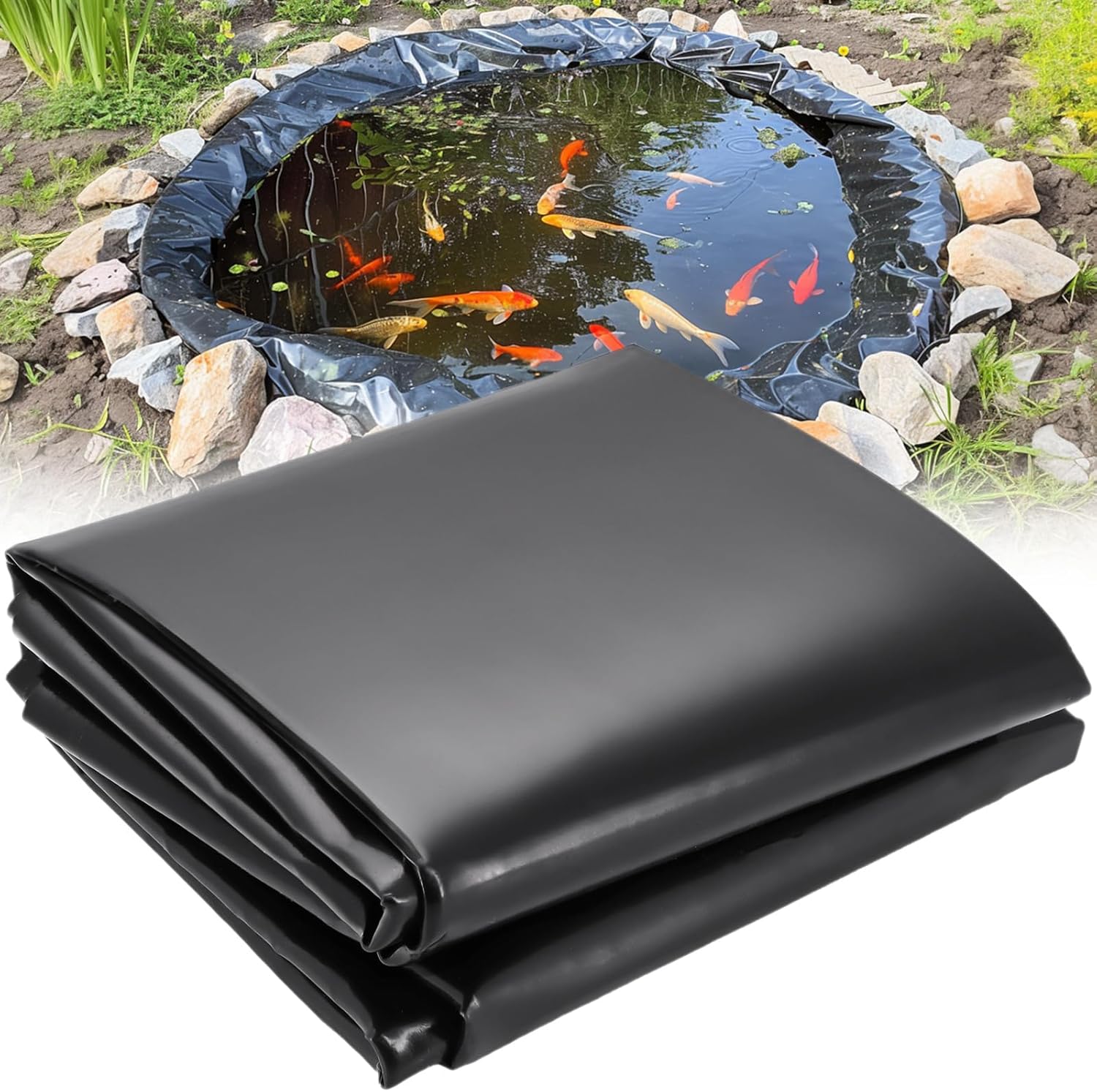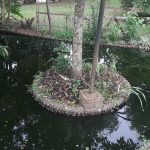Welcome to our guide on building a small frog pond! Creating a pond in your garden can be a rewarding and enjoyable project that not only enhances the aesthetics of your outdoor space but also provides a habitat for frogs and other wildlife. In this article, we will walk you through the steps to build a small frog pond that will attract these charming amphibians to your garden.
5 Best Durable Pond Liners For Outdoor Ponds, Garden Fountain, And Waterfall
1. Choosing the Location
The first step in building a frog pond is selecting the right location. Choose a spot in your garden that receives a good amount of sunlight but also has some shaded areas. Frogs need sunlight to bask and warm themselves, but they also need shaded areas to cool off and hide from predators. Make sure the location is away from heavily trafficked areas to provide a safe environment for the frogs.
2. Designing the Pond
When designing your small frog pond, consider creating a variety of depths to cater to different frog species. Frogs require varying depths of water for breeding, feeding, and shelter. Incorporate shallow areas with gradual slopes for easy access and deeper sections for breeding and overwintering. You can also add rocks, logs, and aquatic plants to provide shelter and hiding spots for the frogs.
3. Digging the Pond
Once you have finalized the design, it’s time to start digging the pond. Use a shovel or a small excavator to dig out the shape of your pond according to the design you have planned. Remember to create shelves and varying depths as per the needs of the frogs. It’s a good idea to create a deeper section that doesn’t freeze completely in winter to provide a safe place for frogs to overwinter.
4. Installing a Pond Liner
To prevent water from seeping into the soil, you will need to install a pond liner. Choose a durable and fish-safe pond liner that fits the shape and size of your pond. Lay the liner carefully in the excavated hole, making sure there are no wrinkles or folds. Secure the edges of the liner with rocks or soil to keep it in place.
5. Adding Water and Dechlorinator
Fill the pond with water from a clean water source such as a rainwater tank or dechlorinated tap water. If you are using tap water, make sure to add a dechlorinator to remove harmful chlorine and chloramine that can be harmful to frogs and other aquatic life. Allow the water to sit for a few days to reach the ambient temperature before adding plants and frogs.
6. Planting Aquatic Plants
Aquatic plants play a crucial role in a frog pond by providing oxygen, filtering the water, and offering shelter for frogs and other wildlife. Choose a variety of native aquatic plants such as water lilies, cattails, and duckweed to create a balanced ecosystem in your pond. Plant the aquatic plants in pots or directly in the soil at different depths to cater to their specific requirements.
7. Introducing Frogs
Once your pond is set up and the plants are established, it’s time to introduce frogs to their new habitat. You can attract frogs naturally by providing hiding spots, rocks, and logs around the pond. Alternatively, you can purchase tadpoles or adult frogs from a reputable source and release them into the pond. Make sure to research the specific frog species you want to attract to ensure you are providing the right habitat.
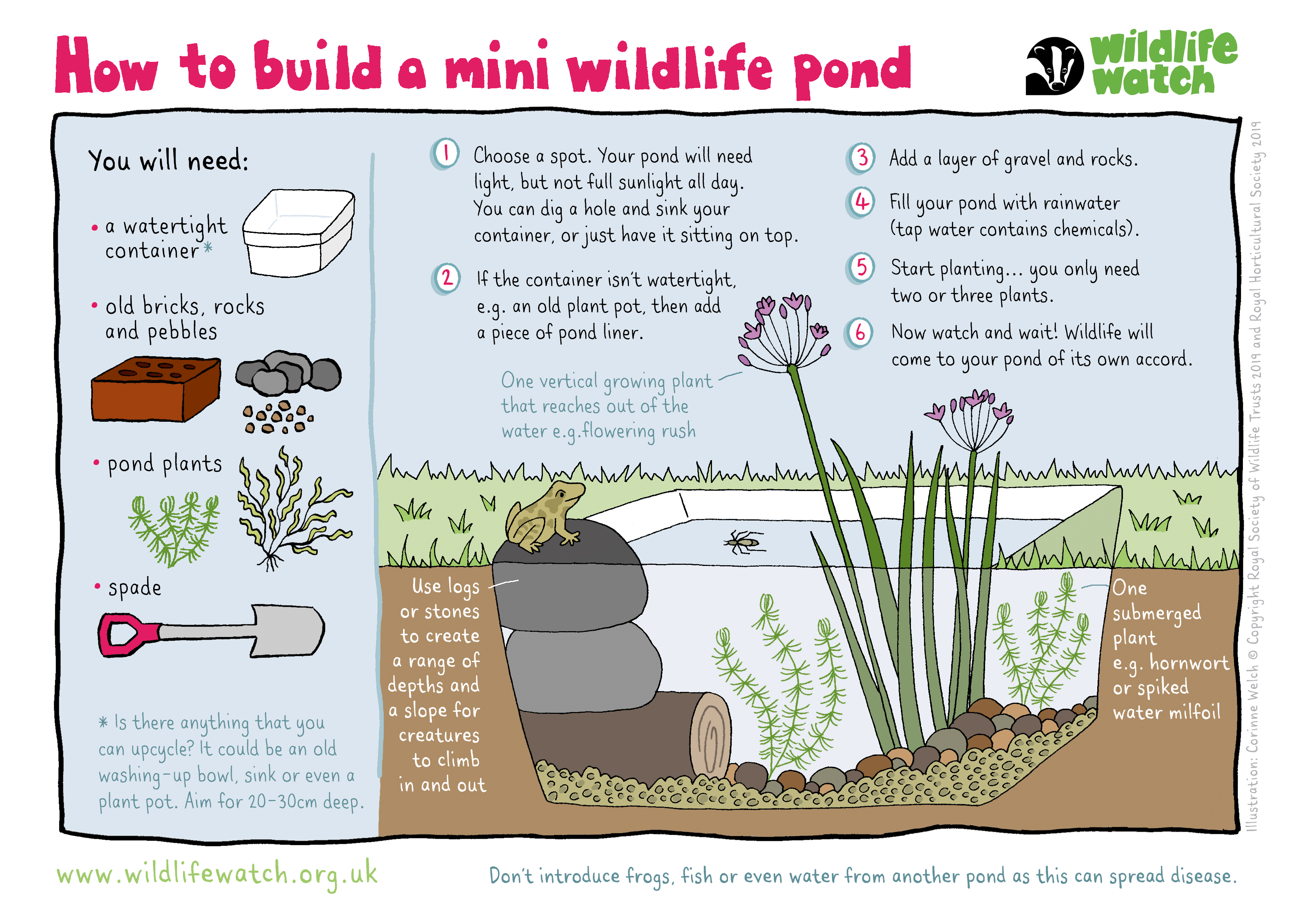
Credit: www.wildlifetrusts.org
8. Maintaining the Pond
Proper maintenance is essential to keep your frog pond healthy and thriving. Regularly check the water quality, remove debris, and control algae growth to maintain a balanced ecosystem. Monitor the water level and top up as needed, especially during hot and dry weather. Avoid using chemicals or pesticides near the pond as they can be harmful to frogs and other wildlife.
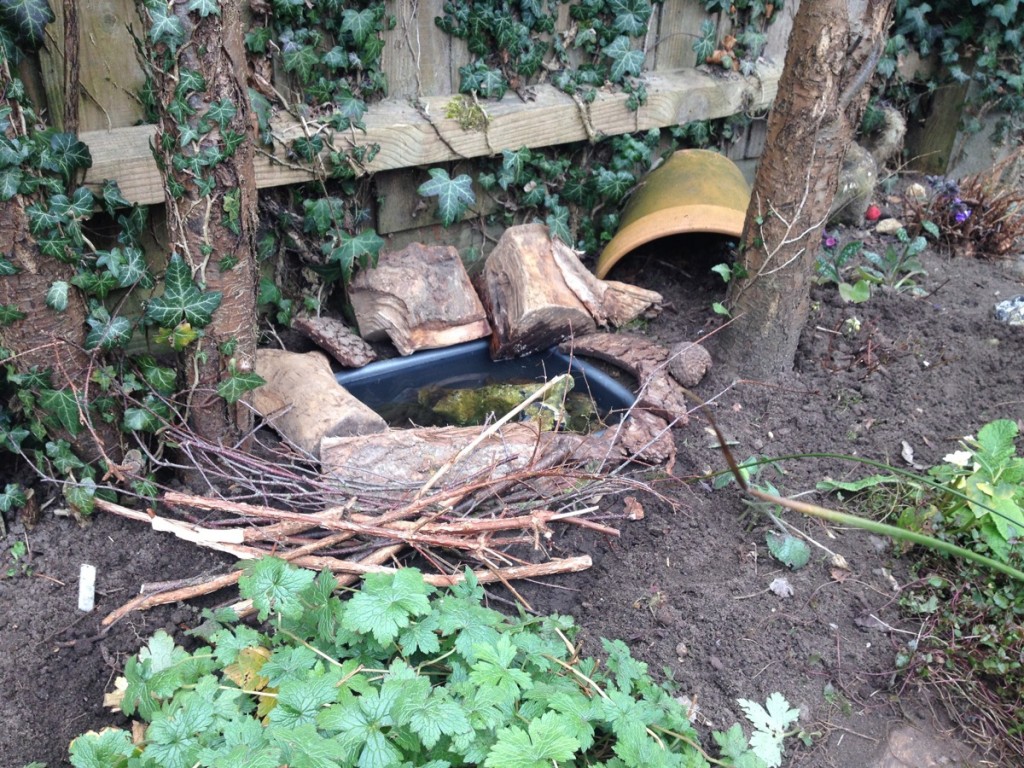
Credit: www.thesmallgardener.co.uk
9. Enjoying Your Frog Pond
Once your small frog pond is up and running, sit back and enjoy watching these fascinating amphibians thrive in their new habitat. Listen to the soothing sounds of croaking frogs, observe them hunting for insects, and witness the life cycle of tadpoles transforming into frogs. Your frog pond will not only add beauty to your garden but also contribute to the conservation of these important and charismatic creatures.
Building a small frog pond is a wonderful way to create a wildlife-friendly garden and connect with nature. By following these steps and providing a suitable habitat for frogs, you can enjoy the benefits of having these charming amphibians as part of your outdoor space. Get started on your frog pond project today and make a positive impact on the environment while enhancing the beauty of your garden!


